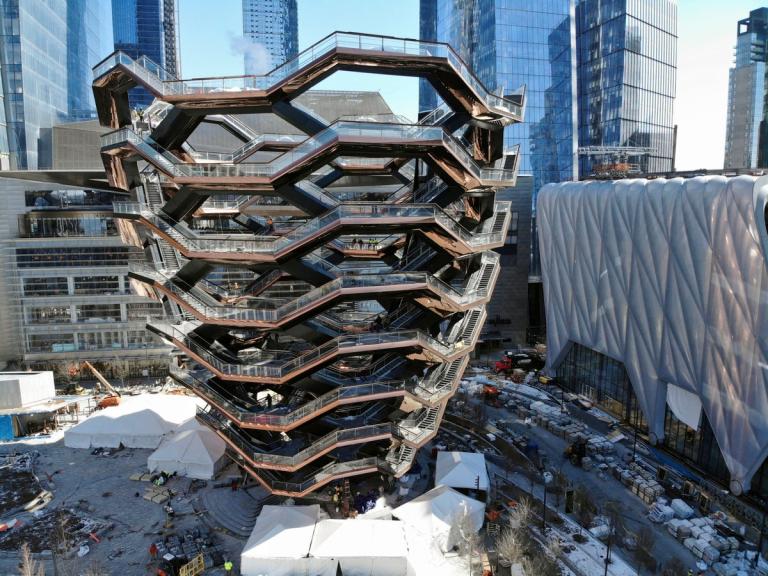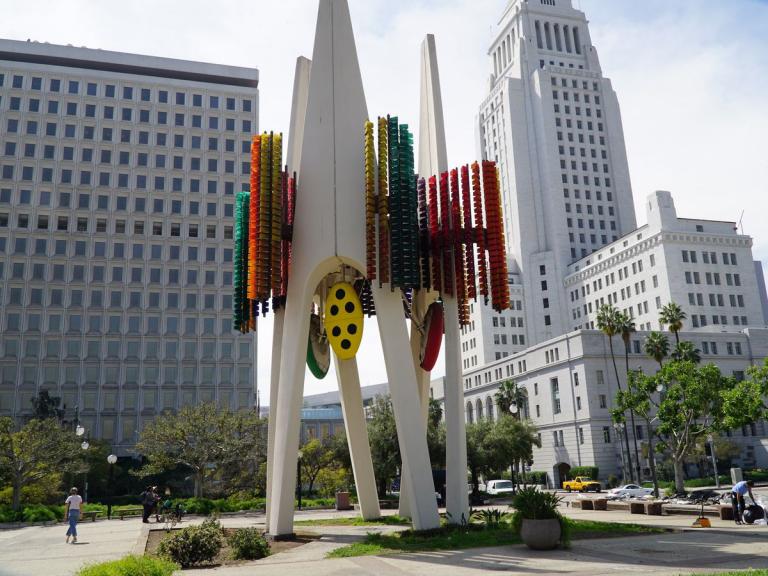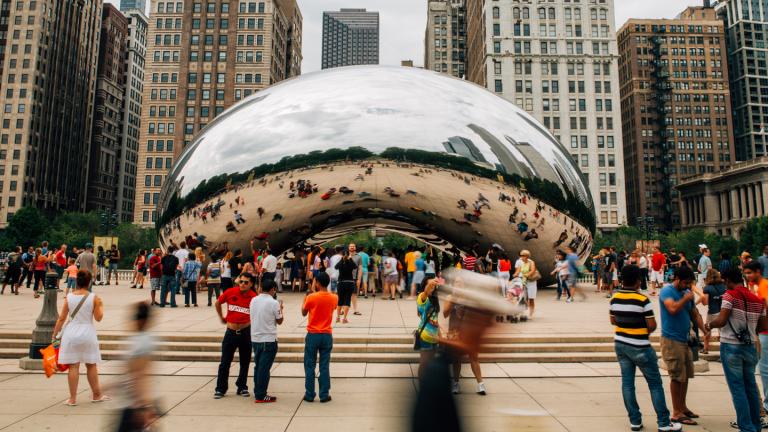Western and Eastern Urban Sculptures
4 min readThe so-called urban sculpture refers to large sculptural works placed in public places in a city mainly to decorate and beautify the city.The themes and scope of urban sculptures are both extensive,mostly associated with a city’s geographical features,history,folk legends,customs,habits,culture and art.There are also themes proceeding solely from the aesthetic perspective with very abstract meanings.Outstanding urban sculptural works are often regarded as a city’s symbols.

As a component of urban culture,urban sculptures represent a city’s cultural leveland spiritual outlook.Surveyed from the perspective of cultural connotations,urban sculptures’attributes are obvious.
The first one is long history.Urban sculptures record the history of different periods.In the West,urban sculptures have a long history.In either ancient Greece or ancient Rome,either the Middle Ages or the Renaissance Period,either the Age of Enlightenment or the Information Age,urban sculptures are all over big cities and small towns in various European countries and have become an important componentof urban construction and their culture. Famous urban sculptures include Manneken Pis in Brussels, Belgium, Mermaid in Copenhagen, Denmark, She-Wolf in Rome, Italy, In China, back in the Qin Dynasty, the First Emperor of China ordered that all weapons in China be handed in and transported to Xianyang. They were destroyed and cast into 12 large bronze figures weighing 240,000 jin each, which were placed in front of the Epang Palace. However, he did not consciously take sculptures as a component of the city like people in the West. In the following long period of feudal society, urban sculptures like Western ones did not emerged basically. In the first half of the 2oth century, some urban sculptures in the real sense emerged in some economically and culturally developed cities like Shanghai, Tianjin and Guangzhou. After the founding of the People’s Republic of China in 1949, especially after the beginning of reform and opening up in the late 1970s, Chinese urban sculptures emerged in rapid succession in many cities. Representative sculptures include Five Rams in Guangzhou, Five-Elephant Spring in Nanning, Wind of May in Qingdao, Moonlight in Yantai, Dragon Soaring in the Golden Age in Haikou, etc.

The second one is salient regionalism. The geographical location and surrounding environment determine the contents, forms and characteristics of urban sculptures.
For example,a marble sea god statue towers in the fountain on the Piazza della Signoria in Florence, Italy. Its vertical shape echoes with the lines of a corner of the towering Palazzo Medici behind it, easing the sharp lines of the Palazzo Medici’s wall corner which do not seem too soft to some extent. In China, such urban sculptures with salient regional features are too numerous to enumerate,e.g. The Yan Emperor and the Yellow Emperor in Zhengzhou, Fishing Girl in Zhuhai and Tide in Beihai.
The third one is unique symbolism. Each city has its own cultural and historical background, and urban sculptures often reflect its environmental features with contents and forms and have symbolic significance more or less. For example, at the mention of the Statue of Liberty, people immediately associate it with America because it has a specific cultural and time background -after America won the Warof Independence, the Statue of Liberty became a symbol of America. In modern China, the large bronze statue Forever Blooming Bauhinia on the Seaside Square of the Hong Kong Convention and Exhibition Centre’s New Wing also has unique symbolic significance— it symbolizes the return of Hong Kong to the motherland. This is a gift given by the Central People’s Government when the Hong Kong Special Administrative Region was established.
The fourth one is deep enlightenment. Urban sculptures can often give people boundless imaginations and “shape”people’s infinite mental space within finite space.
For example, Shenzhen’s urban sculpture Pioneering Bull is deeply enlightening.
Shenzhen is the first Chinese special economic zone established after the beginning of reform and opening up. This sculpture reflects Chinese people’s heroic, diligent, plain and hardworking spirit in that period of full-scale construction. The pioneering bull’s tightened muscles are exaggerated and distorted just right. The clear contour, powerful lines and dynamic move to bull out an old tree’s twisted roots shock and enlighten people greatly.
The future development trend of urban sculptures will be, in terms of material, complementation between materials and techniques and, in terms of spirit, complementation between humanization and diversification. With the level of humanmaterial civilization and spiritual civilization becomes higher and higher, urban sculpture development and innovation will certainly continue and become a dazzling highlight of modern cities.









